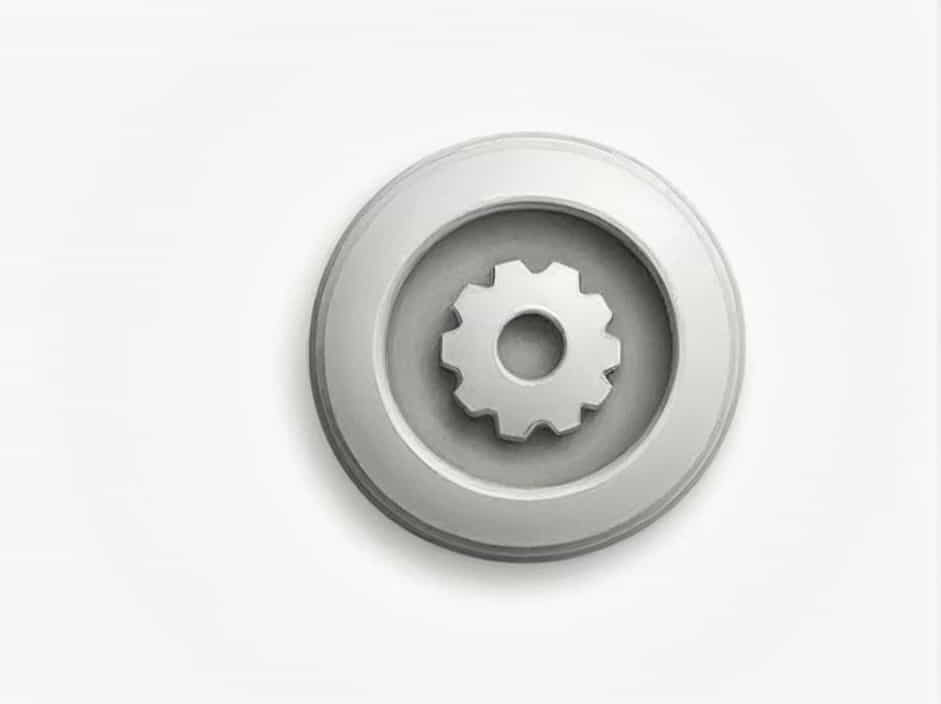The fineness of cement is one of the most critical factors influencing the quality, strength, and durability of concrete. It determines how efficiently cement reacts with water, affecting setting time, workability, and overall performance.
Finer cement ptopics provide a larger surface area, leading to faster hydration and better bonding with aggregates. However, excessive fineness can also impact water demand, shrinkage, and cost. Understanding its significance helps in selecting the right cement for different construction needs.
What Is Fineness of Cement?
Definition
Fineness of cement refers to the ptopic size distribution of cement. It is measured in terms of the specific surface area (m²/kg) or by sieving analysis (percentage retained on a 90-micron sieve).
Why Fineness Matters
- Controls the rate of hydration (reaction with water).
- Affects early strength development of concrete.
- Influences workability and setting time.
- Impacts durability and resistance to environmental factors.
How Fineness of Cement Is Measured
1. Sieve Test
A 90-micron sieve is used to determine the percentage of cement ptopics retained. If more than 10% is retained, the cement is considered coarse.
2. Blaine Air Permeability Test
Measures the specific surface area (m²/kg). The higher the value, the finer the cement. Most cement types have a fineness of 300-400 m²/kg.
3. Sedimentation Method
Uses a liquid medium to analyze ptopic size distribution based on settling rates.
Effects of Fineness on Concrete Quality
1. Strength Development
- Finer cement hydrates faster, leading to higher early strength.
- Coarser cement takes longer to react, which can delay strength gain.
2. Workability and Water Demand
- Finer cement increases water demand, affecting workability.
- Excessively fine cement may require more water, leading to shrinkage and cracks.
3. Setting Time
- Higher fineness leads to faster setting times, which can be beneficial for quick repairs but problematic in hot weather conditions.
- Coarser cement results in longer setting times, useful for mass concrete works.
4. Heat of Hydration
- Finer cement generates more heat during hydration, increasing the risk of thermal cracks in large concrete structures.
- Coarser cement produces less heat, making it suitable for dams and heavy foundations.
5. Durability and Permeability
- Finer cement provides denser concrete, reducing permeability and increasing resistance to chemicals.
- However, if water content is not properly controlled, micro-cracks may develop, reducing durability.
Optimal Fineness for Different Concrete Applications
| Application | Recommended Fineness |
|---|---|
| High-strength concrete | High fineness (350-400 m²/kg) |
| Mass concrete (dams, foundations) | Low fineness (250-300 m²/kg) |
| Rapid repair works | High fineness (above 400 m²/kg) |
| General construction | Moderate fineness (300-350 m²/kg) |
Advantages of Fine Cement
- Faster strength gain – Ideal for precast concrete and high-performance applications.
- Improved bond with aggregates – Ensures better compaction and durability.
- Reduced permeability – Enhances resistance to water and chemicals.
- Better finishability – Creates smoother surfaces for architectural concrete.
Disadvantages of Excessively Fine Cement
- Higher water demand – Can lead to shrinkage cracks.
- Increased cost – Requires more grinding energy, raising production expenses.
- Faster setting time – May cause workability issues in large projects.
- Greater heat of hydration – Risk of thermal cracking in thick sections.
How to Optimize Cement Fineness for Quality Concrete
- Use blended cement – Combining fine and coarse ptopics balances strength and durability.
- Adjust water-cement ratio – Maintain proper hydration without excessive water.
- Incorporate admixtures – Plasticizers and retarders help control setting time.
- Test cement fineness – Ensure compliance with standard specifications before use.
The fineness of cement plays a crucial role in determining the strength, durability, and performance of concrete. While finer cement enhances early strength and impermeability, excessive fineness can increase costs, shrinkage, and hydration heat.
By optimizing fineness based on project requirements, engineers can achieve high-quality, long-lasting concrete structures.
